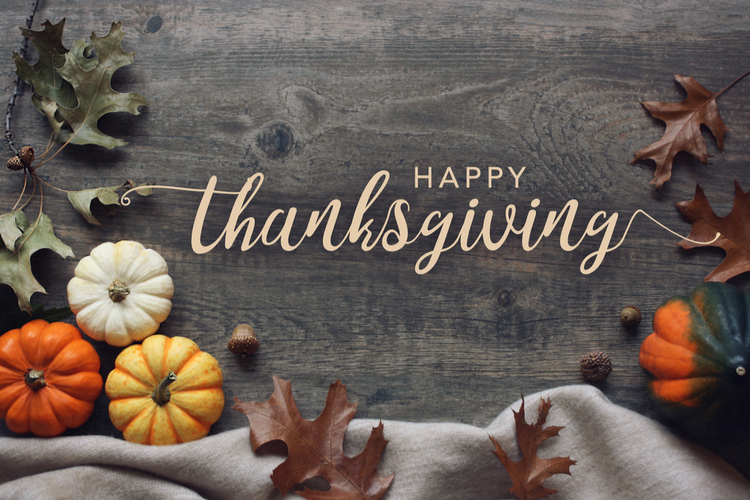What We’re Really Thankful For This Thanksgiving: Our Melting Pot of a Nation
Thanksgiving is many things to many people: a chance to reconnect with family; an opportunity to indulge—okay, sometimes to overindulge—in holiday flavors; and a reminder of this nation’s history as a haven for those dedicated to freedom of expression, be it religious, artistic, sexual or any other kind.
It’s this spirit of tolerance and acceptance that has fueled what we see as America’s single greatest strength: the Melting Pot effect.
Without much doubt, the United States—perhaps more than any other nation in history—has served as a cultural blender, bringing people of every other ethnicity together under the promise of tolerance and liberty. And whether or not you’re aware of it, you take advantage of this diversity every day. Here are just a few examples.
Giving Thanks For Diversity: What We Eat
Perhaps more here than in any other nation on Earth, what we eat in the United States reflects the profound diversity of where we each came from. Where else do you find Chinese, Mexican, Thai, Brazilian and Italian eateries jostling for space on the same crowded commercial strip?
Even the Thanksgiving meal itself is a model of diversity. While all the foods eaten at the first Thanksgiving were sourced here in the New World, the meal itself was a joint celebration between the original Pilgrims and the Wampanoag, the Native American tribe local to Massachusetts and Rhode Island. This means that along with European fare such as turkeys stuffed with fresh and dried herbs and onions, the diners ate corn—a wholly American grain—probably cooked into a thick porridge and sweetened with molasses.
The Wampanoag were already familiar with the tart cranberry, both eating it and using it as a dye. But because the Pilgrims had most certainly run out of refined sugar by that point, it would be another 50 years or so until cranberry relish made it to the Thanksgiving table.
Giving Thanks For Diversity: How We Adapt
One less-noted (and less delicious) result of our cultural diversity is our ability to adapt. When nations are made up of monocultures, or systems of a single dominant culture, they tend to be less resilient and adaptable.
One can argue that America’s great strength comes in large part from its adaptability. As waves of migrants added themselves to the American melting pot—English, Irish, Central European, Chinese and Mexican, to name just a few—they each brought with them their unique cultural perspectives and defaults.
Just as a laminated piece of wood is made stronger by its many layers made up of different trees, the addition of other cultures into the American story has made the United States one of the most innovative and forward-looking nations in history, capable of carrying out rapid change, evolution, and reinvention like no other.
Giving Thanks For Diversity: What We Believe
Thanksgiving also serves as a reminder of what we believe and, just as importantly, our freedom to believe. While there are many myths and legends associated with the Pilgrims who founded North America’s first permanent settlement of Europeans, one truth is that they were seeking religious freedom.
Having broken with the dominant Church of England in 1607, the Pilgrims, better-known then as the English Separatist Church, traveled first to Holland. But fearful of losing both their language and their heritage there, in 1620, they reversed course and planned their arduous voyage to the New World.
The rest, as they say, is history. But the values those first European settlers brought to America flourished here, and we still celebrate them today nearly 400 years later. That adds up to a lot to be thankful for in our book. Have a safe and enjoyable Thanksgiving!


